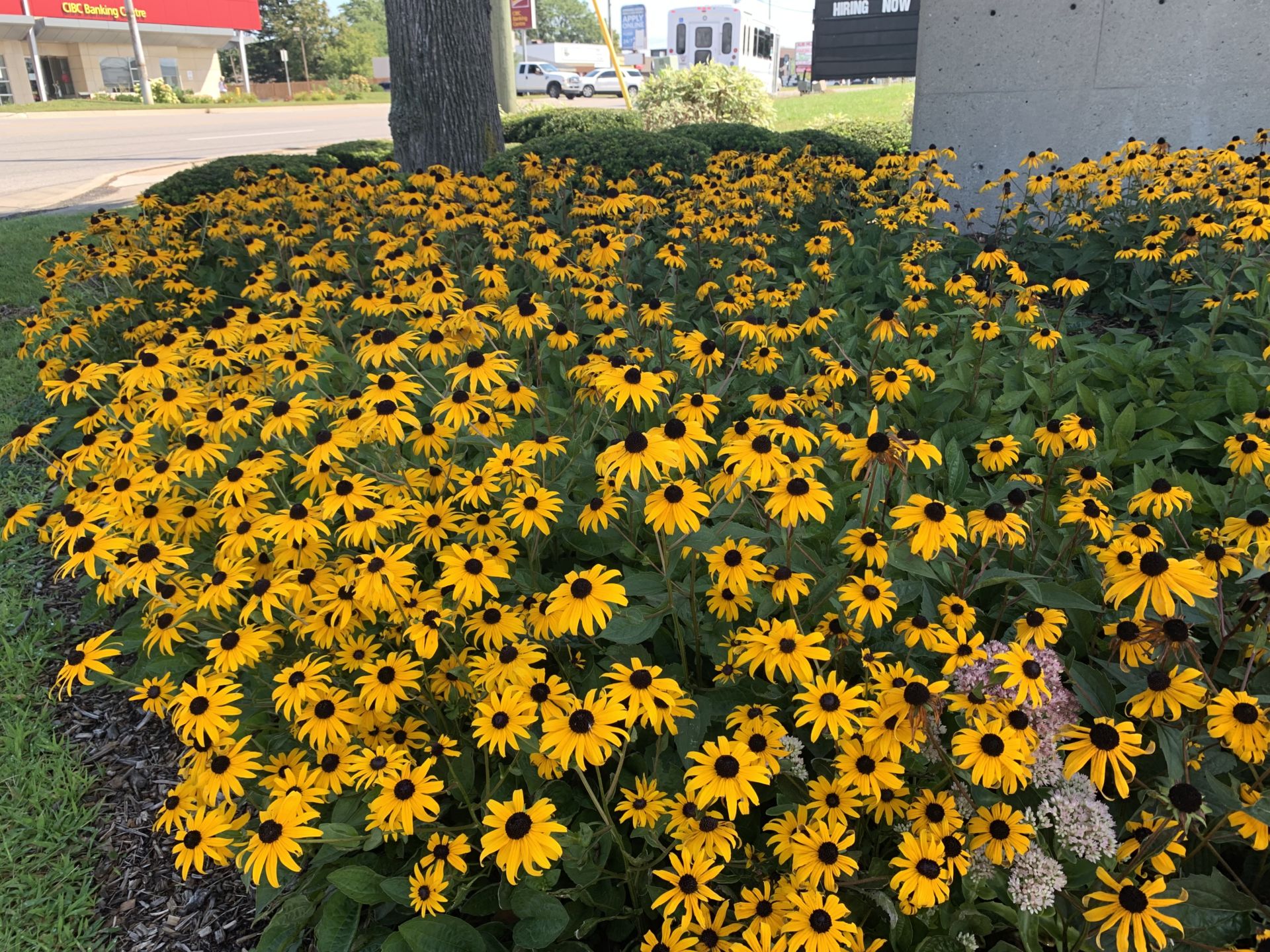Transplant Perennials
Garden Clippings for August 21, 2021
Why is late summer the best time to move perennials?
Nights are cooler. Plants are not growing like they were in spring. The hot, dry summer months will soon be behind us. Autumn rains are around the corner.
But perhaps the biggest motivation for moving and dividing perennials at the end of August or early September is that we now know exactly what’s up in the garden. We know the location, the colours, heights and blooming times of all our plants. Six months from now everything will be a blur and moving perennials will be a guessing game.
Transplanting perennials in late summer makes good sense because their roots will have the next three months to regrow and become established before winter. Next spring, they will hit the ground running.
Perennials will tell you when they should be divided. Some, like Hostas, will grow just fine for years without division. Others like Iris, will deteriorate if they are not lifted and replanted every three years.
If the best growth on your perennials appears on the outer edges of the plant, it is time to dig them up and transplant. Other signs that indicate the roots are overcrowded are fewer blooms or blooms that are smaller than usual. Digging up, dividing and replanting will surely rejuvenate tired perennials.
Transplanting will breathe new life in a perennial garden. Like furniture in the living room, rearranging gives a fresh new look. Some perennials benefit from transplanting because their spots have become too shady or their growing conditions have changed.
Start by digging around the plant with a sharp spade or shovel. Once you’ve dug around, lift the root clump from the hole and set aside. If there is loose soil, remove it with the shovel. Set the root clump aside and use a knife or sharp spade to cut the clump into smaller pieces. Don’t worry about making a mess, but make sure each remaining clump has viable roots and crowns.
Next, set the perennials aside and prepare the new hole. Dig a hole about 1 ½ or double the width of the root clump and mix manure, peat moss, compost and any organic matter into the existing soil.
Be sure to set the root ball at the same height as previously planted. Backfill with the soil mix you’ve prepared and water thoroughly. A slow trickle of water for a few minutes is better than a quick blast. For extra insurance, add bone meal or root booster fertilizer.
If you would like to set aside the perennials for a few days, put them in a shaded spot and water daily. A tarp, burlap or layer of mulch will keep them healthy for a few days or more. If you want to share and trade with neighbours and friends, plant the clumps in suitable pots and keep them watered.


